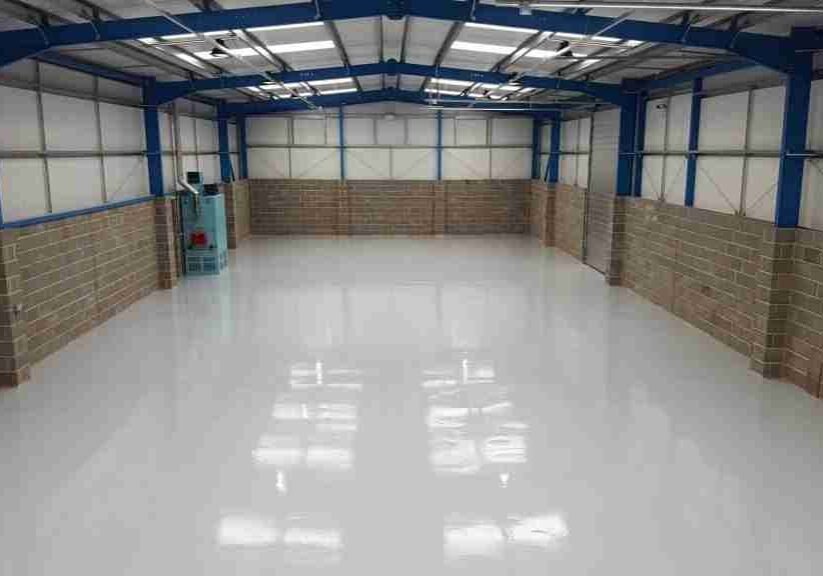Miami Garage Door Painting
For a fraction of the cost for replacement you can repaint your garage door.
Looking at your house from the street you might notice one-third of your home’s frontage is garage door and unless yours is a newer home, it may have seen a few years of use and weather. It may seem a little faded, but it should be fine so long as you keep an active maintenance schedule on the door and its parts. The garage door specialists at A-1 Overhead Door Systems recommend you follow their garage door lubrication procedure at least once in the Spring and again in the Fall to get the best life out of your garage door.
But what about its appearance?
Your garage door’s factory finish is expected to last 20—30 years. However, it is subject to the elements of dust, wind, rain, and UV exposure. The color can lose its brilliance and fade in just a few years and you might notice bare metal around the panel edges in a few more.
What’s happening here?!
Up close, your garage door’s finish might appear to have a layer of white dust on it that washes away but comes back when the water dries. Regardless, you only see the original color when it’s wet. That’s because it is not really fading. The surface is being dulled by a naturally forming abrasive, diffusing the light and making it appear faded.
The white dust you see on your garage door is zinc hydroxide, or white rust. This rust is caused by moisture reacting to zinc. Both aluminum and steel garage doors contain zinc. Aluminum can contain up to 15% zinc and steel is galvanized by a coating it with molten zinc. Zinc provides cathodic protection to preserve the integrity of base steel.
Aluminum and most galvanized steel garage doors are given a corrosion resistant finish at the factory with a thermoset polyester powder coating. However, this is not the long-term finishing solution it was expected to be.
Thermoset polyester powder coatings “exhibit poor tolerance to heat and light resulting in a pronounced tendency to fade,” according to a 2013 study by Manish Kumar Bhadu et al. This is from the thermoset polyester’s inability to form a sufficient bond with zinc. This allows small pockets and later, micro-fissures to form for water to react with the zinc.
The product of zinc reacting with water is the zinc hydroxide. This is an organic compound that does not dissolve in water, making it a fine abrasive that damages the door’s polyester sheen and collects in its spring, chain, rollers, and hinges. Yes, the appearance of your garage door affects the performance of your garage door.
You should paint your garage door
Like any surface in your home, your garage deserves protection from the elements and a fresh coat of paint is the way to do it.
In surveying your local, orange big box hardware store, you may find the cost of a basic model new garage door in flat white, installed costs over $1,000. For more money, you can have it in your choice of three exciting shades of brown: greige, tan, and dark brown. None of these options address the zinc hydroxide etching issue. More expensive garage doors made of timber or Glass Reinforced Polymer (GRP) do resolve etching. But, their unfinished cost can be more than unfinished aluminum and galvanized options.
Most builders make the eventual fading of your garage door by making the color one-off from the rest of your home’s color scheme. It is the right thing to do because color becomes less obvious. But eventually, you are going to need to repaint your garage door.
The garage door is not a place to be cheap
From the factory, it’s likely a flat baked-on polyester finish. These doors are normally made from 25-gauge aluminum, which is just 0.65-times the thickness of a car’s steel fender, that is also protected by a 0.05 layer of paint and buffed to a reflective shine.
You are going to want this project to stand out, or at least be outstanding in your neighborhood.




